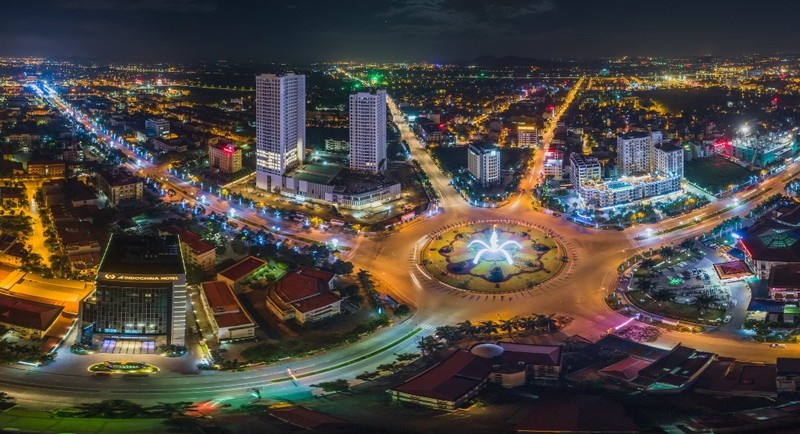Bac Ninh Province Planning for period of 2021-2030, vision to 2050

Bac Ninh Province Planning for period of 2021-2030, vision to 2050 (Source: Internet).
Decision 1589/QD-TTg dated December 8, 2023 of the Prime Minister approving Bac Ninh Planning for the period of 2021-2030, vision to 2050. The activities of Bac Ninh’s socio-economic development will be divided into 3 regions and 5 economic corridors.
The urban structure is oriented into an inner city area north of the Duong River and a suburban area south of the Duong River including:
- Bac Ninh central urban area (inner city area including the administrative boundaries of Bac Ninh city, Tu Son city, Tien Du district, Que Vo town and Yen Phong district) is developed according to the multi-purpose urban cluster structure model.
- The suburban area includes the satellite urban area (Thuan Thanh town), along with the Industry - Service - Agriculture development areas in Gia Binh and Luong Tai districts.
- Industrial and high-tech development zone includes districts and towns: Yen Phong, Tien Du, Luong Tai, Thuan Thanh and Que Vo.
The spatial structure is a combination of a radial network structure and 5 development corridors including:
- Urban and service development corridor along National Highway 1, connecting Tu Son - Tien Du - Bac Ninh, combined with the Hanoi - Bac Ninh - Bac Giang urban development axis;
- Urban and industrial development corridor along National Highway 18, connecting Yen Phong - Bac Ninh - Que Vo, building complete industrial urban areas, developing service urban areas to serve industrial development;
- High-tech urban, industrial and ecological agricultural development corridor along National Highway 17, connecting Que Vo - Gia Binh - Thuan Thanh;
- Service urban development corridor along National Highway 38 and Ring Road 4, Bac Ninh city, Thuan Thanh town;
- Ecological corridor and tourism development to experience history and time along the Duong River.
The new development area is developed synchronously and centrally, encouraging the development of high-rise buildings into urban complexes, reserving space for smart transportation infrastructure development, and developing service centers as a focus for developing new urban areas, creating future district centers.






